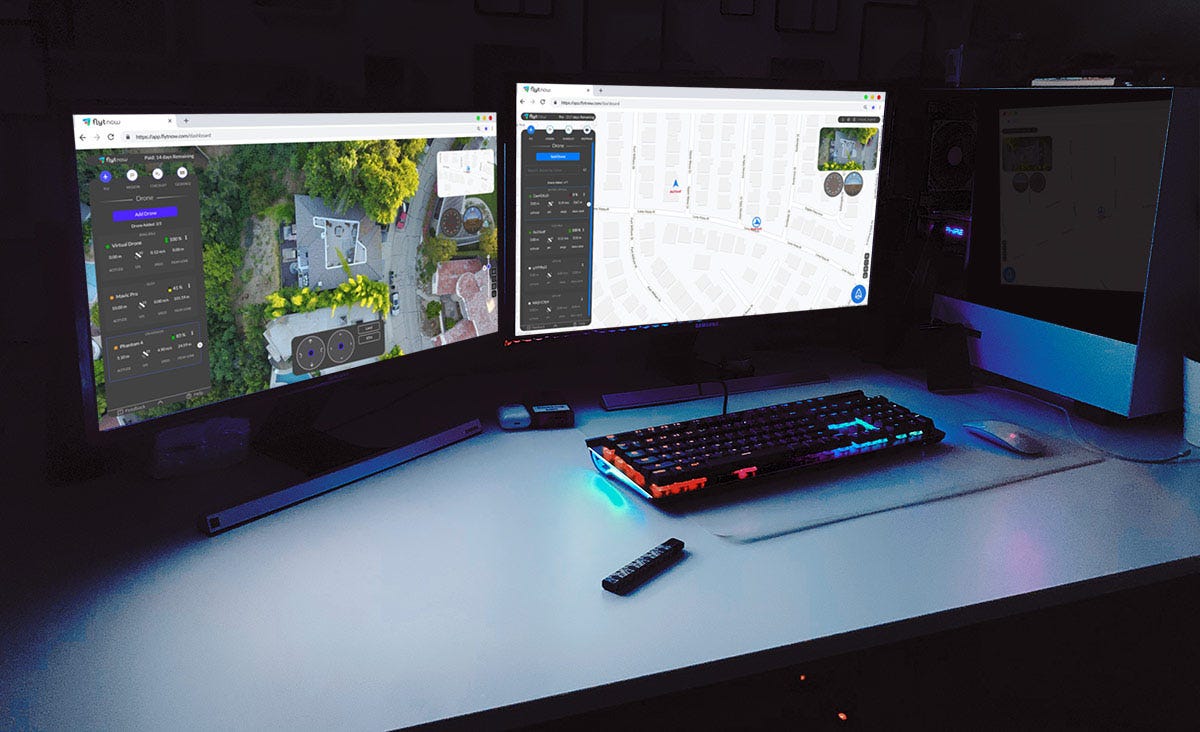
FlytNow Guest Link Sharing offers the capability to share live drone video feed and telemetry with teammates and clients.
Scroll down for the step-by-step tutorial.
Remote Private Access to Drone Fleet, Live Video Feed & Telemetry
Enterprises worldwide are scaling their drone operations, as cost-effective drones become available off-the-shelf, and cloud-based SaaS solutions drive intelligent automation. One of the key drivers of drone fleet adoption is the ability for a variety of stakeholders to participate in drone missions. For example, an inspection of a wind turbine may involve on-site visual observers, remote subject-matter experts, safety managers from regional offices, R&D teams from corporate offices, technology partners — and even UAV regulators who seek insights into such missions before granting waivers for unmanned flights.
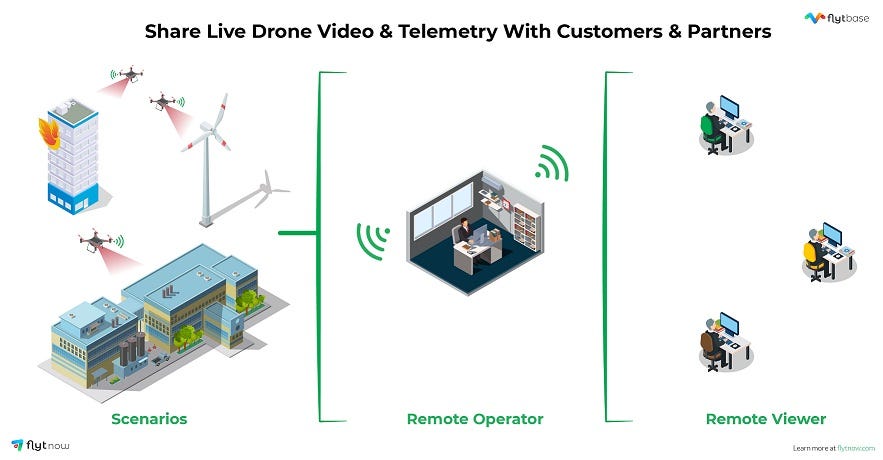
Live, remote drone operations thus require not only low-latency, high-quality video feeds, but also the ability to seamlessly share such video streams across people, geographies, devices and networks. In fact, enterprise drone programs tend to involve a variety of drone hardware — including off-the-shelf drones like DJI Mavic 2 Pro, Mavic 2 Enterprise, Matrice 210/210RTK, M600 Pro, etc., for day-to-day operations and custom drones built using DJI A3, Pixhawk or Cube based autopilots with high-end sensors for rare but critical use-cases.
User-level Access to Drone Missions

Given that privacy and security remain amongst the top concerns in the global drone ecosystem, enterprises have to carefully manage access to drone telemetry, live video streams, navigation, and payloads. With multiple, remote participants in each mission, fine-grained access — based on the roles and responsibilities of each participant — becomes central to successful drone operations.
Guest Link Sharing
It can be argued that many drone operations would be significantly more productive if secure, mission-wise remote viewing can be made available, over the Internet, via a user-friendly interface. Whether it’s a drone service provider monitoring construction sites or whether it’s the in-house drone operations manager supporting his/her colleagues for inspection of infrastructure assets, the access to live video streams — securely & remotely — can create immediate business value by enabling subject-matter experts to make better-informed decisions.
In fact, not only can remote viewers be empowered to access live video feeds in real-time, but remote operators can be given control of the drone, camera gimbal and payloads, with the on-site team serving as safety pilots and visual observers. Automating such live, remote drone operations then becomes the logical next step in the evolution and maturing of enterprise drone programs.
Drone Videos on Mobile Phones
Given the pervasiveness of mobile phones and tablets across businesses in all sectors, it is but natural for drone mission participants to expect these devices to be an integral part of the overall system. This is now easily possible via enterprise-grade mobile apps that can be easily customized, white-labeled and configured — making drone telemetry & videos extremely portable, especially in areas with robust 4G/LTE/5G networks.
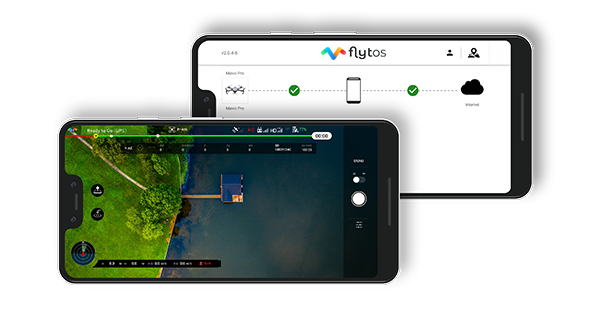
Share Live Map Views, Drone Fleet Location, and other Mission-critical Data
Remote access for ‘guest’ participants in drone missions need not be limited to video — since live map views can also be seamlessly shared over the cloud, showing guest viewers the waypoints, flight paths, obstacles, etc. for each mission. Third-party maps can be integrated to overlay drone missions on satellite imagery, specific drones/payloads can provide IR/thermal camera views to remote stakeholders, and missions such as parcel delivery can be remotely monitored not only over the last-mile but all the way to the ‘doorstep’.
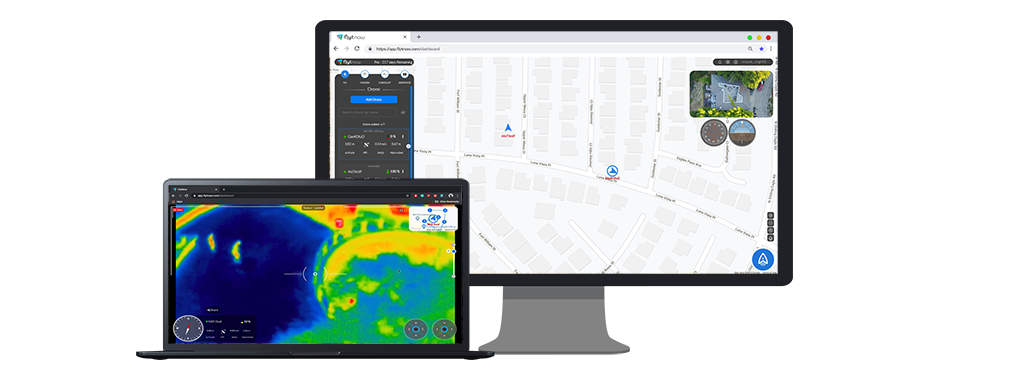
Aerial video streaming is thus becoming the core of drone operations for operators, service providers, system integrators and large enterprises — with secure, user-level access for remote participants the ‘killer app’ of this technology.
Tutorial: How to share live drone video feed and map view using FlytNow
Step 1: Log in to your FlytNow account and connect your drone to the application. Follow the FlytNow getting started guide if you are a first time user.
Step 2: Click on the “Share” icon on the video box or button in the Cockpit view

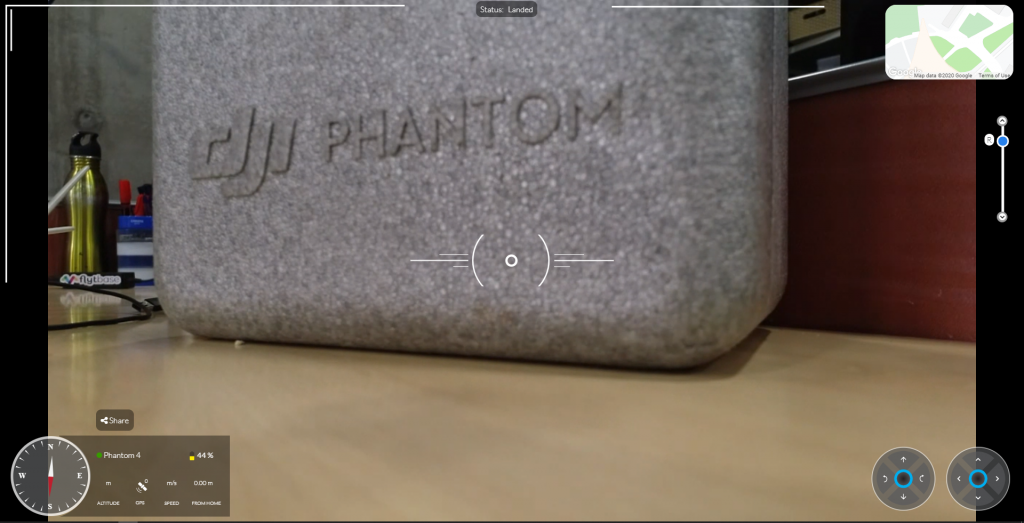
Step 3: Click on “Create new link” to generate a link
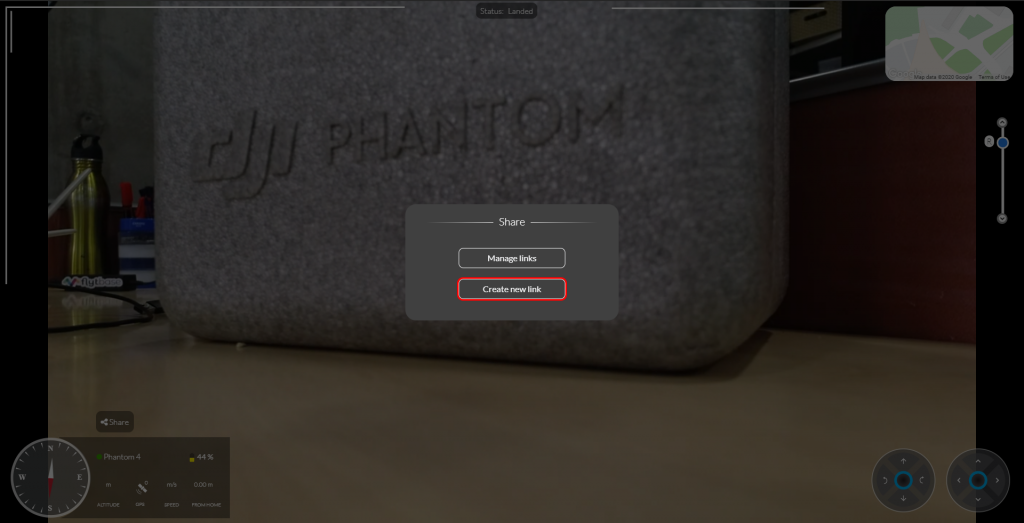
Step 4: Enter your teammate’s or client’s valid email address with whom you wish to share video & map view and click “Send”
Note:
- Choose appropriate options for view and drone access.
- You may enter multiple email addresses
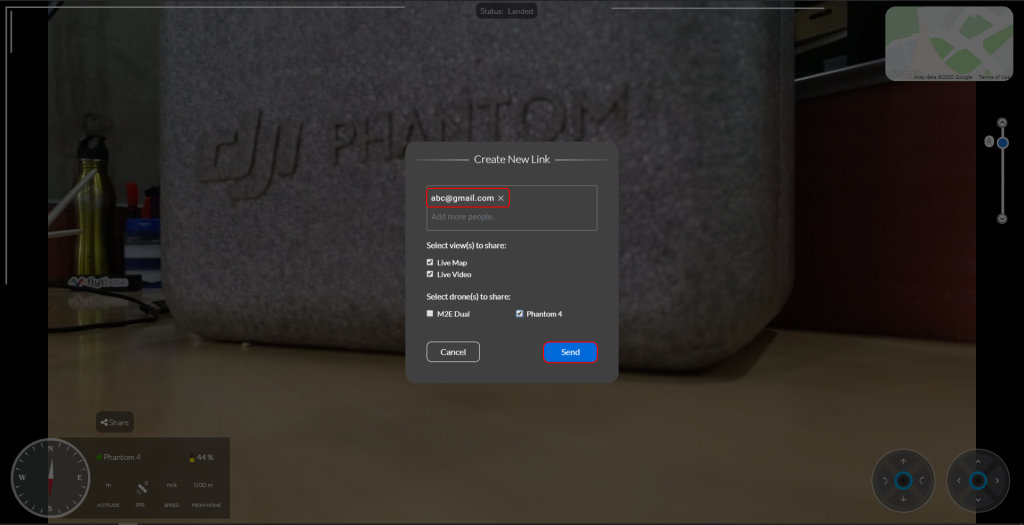
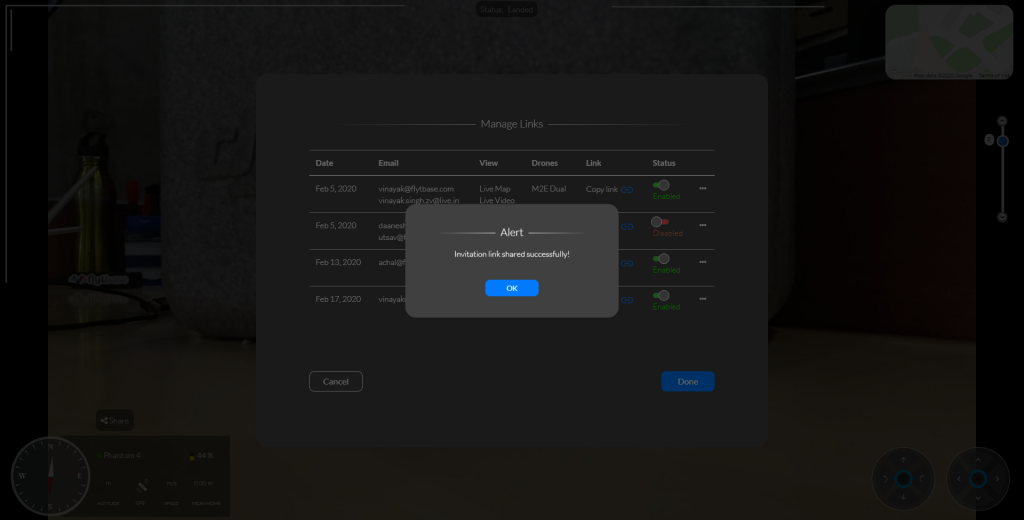
Step 5: Teammate or Client receives an email with a link and Secure PIN
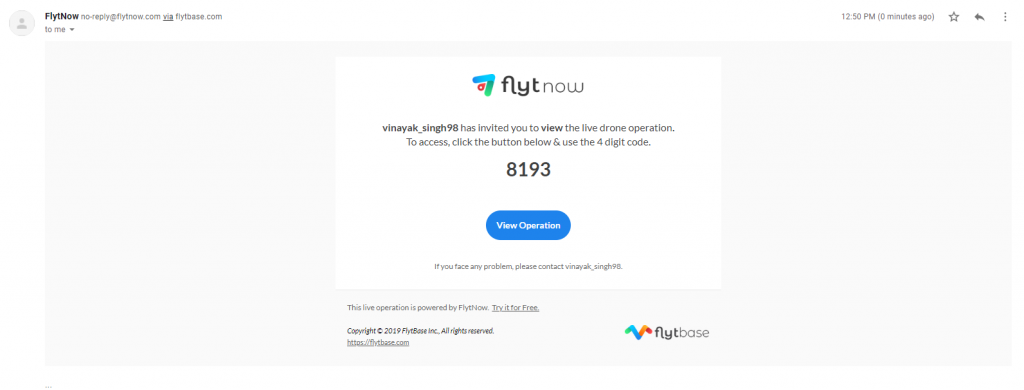
Step 6: Click on the “View Operation” and enter the Secure Pin. Your teammate or client can now securely access live drone feed and telemetry.

For any questions, you may write to us on info@flytbase.com or visit http://forums.flytbase.com/c/flytnow
How do I Deploy Commercial Drones Easily & Quickly?
FlytBase offers a 28-day free trial for users to explore the FlytNow Pro edition. Customers can add their drone fleets, fly them autonomously, create flight plans & coordinate missions, set geo-fence and checklists, view and store live video footage and integrate drone operations into an existing system.
Start Now and fly your drone(s) via a free trial in 5 Easy Steps.